Lesser Joyweed
Display all 17 images
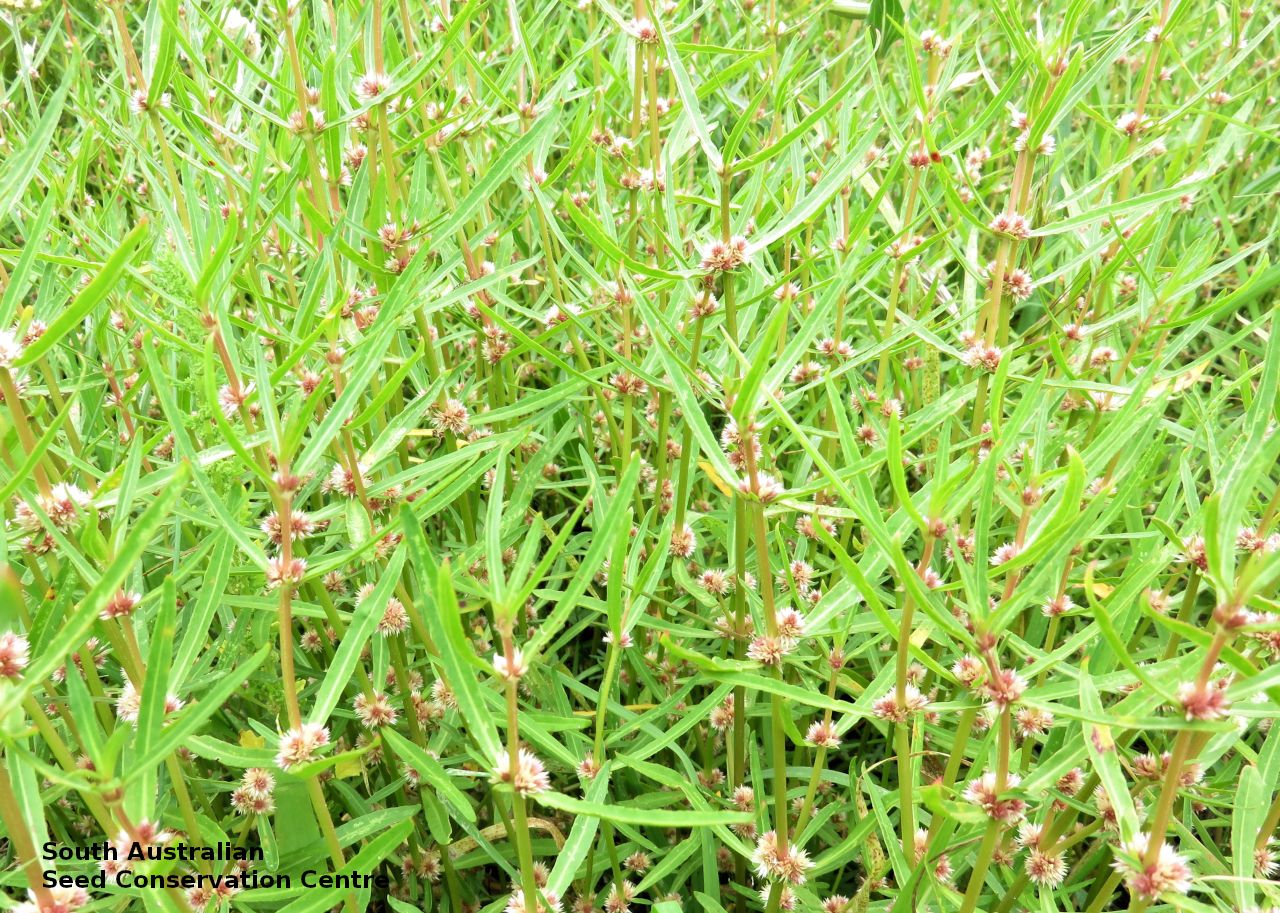
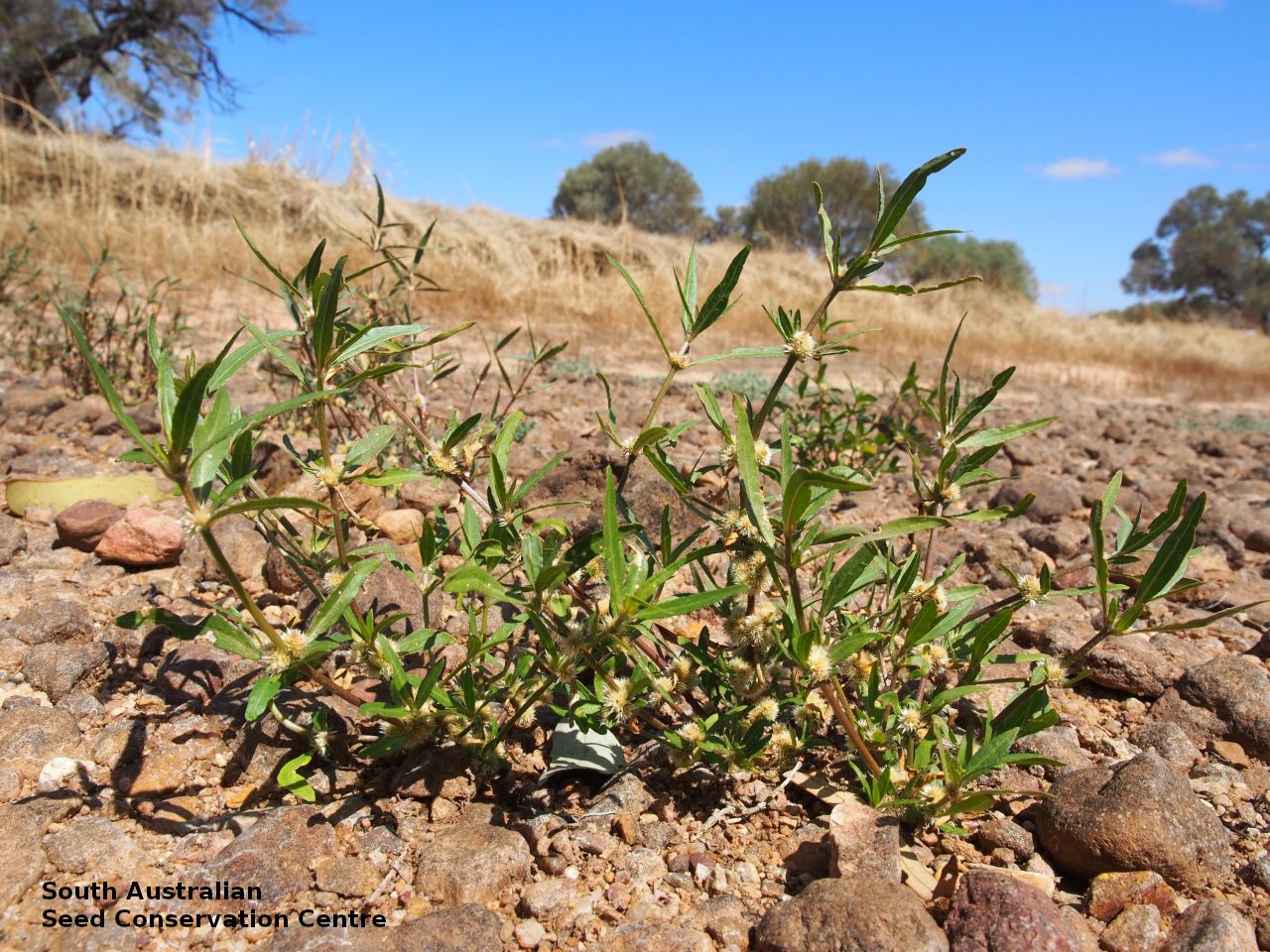
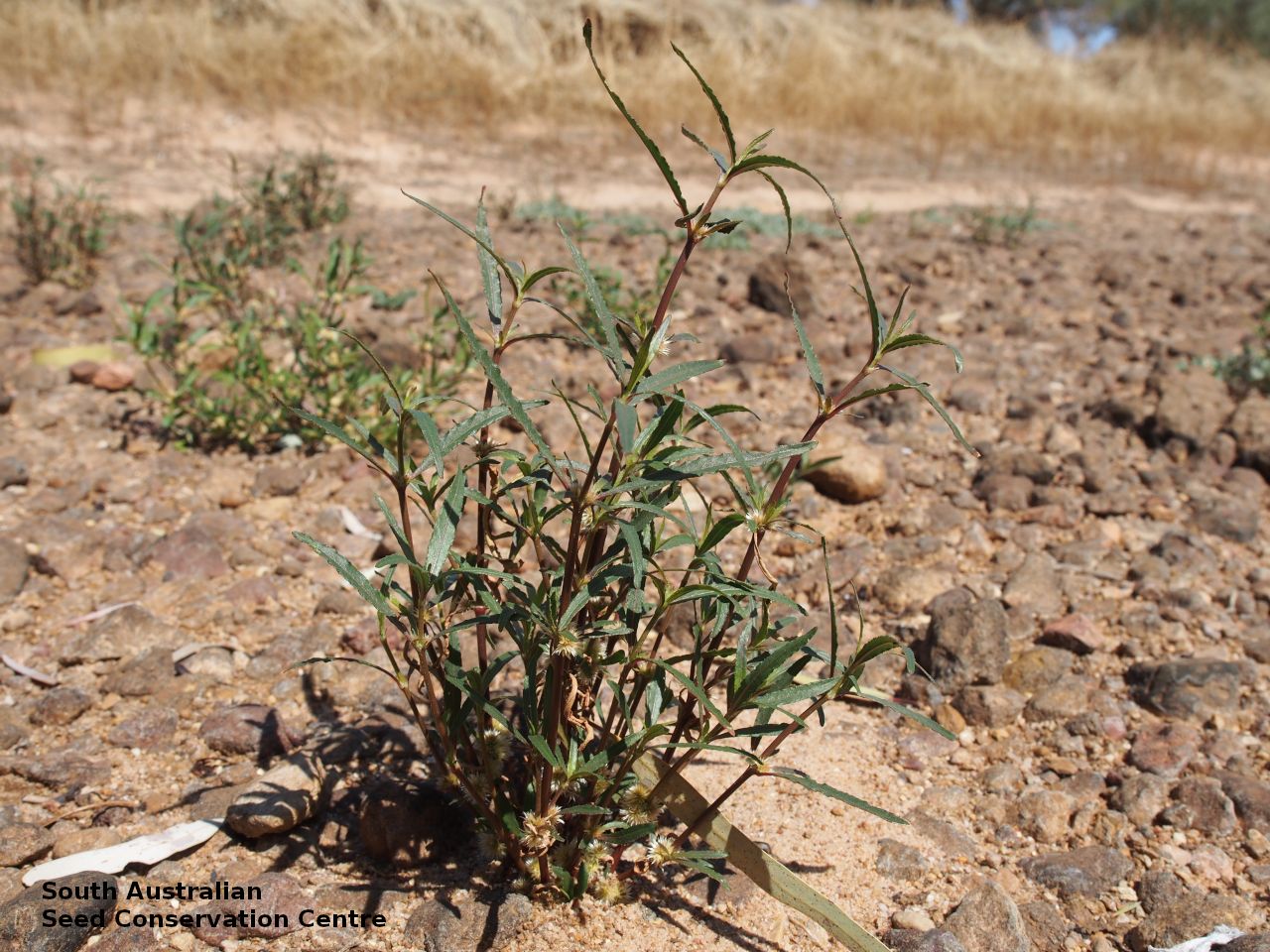
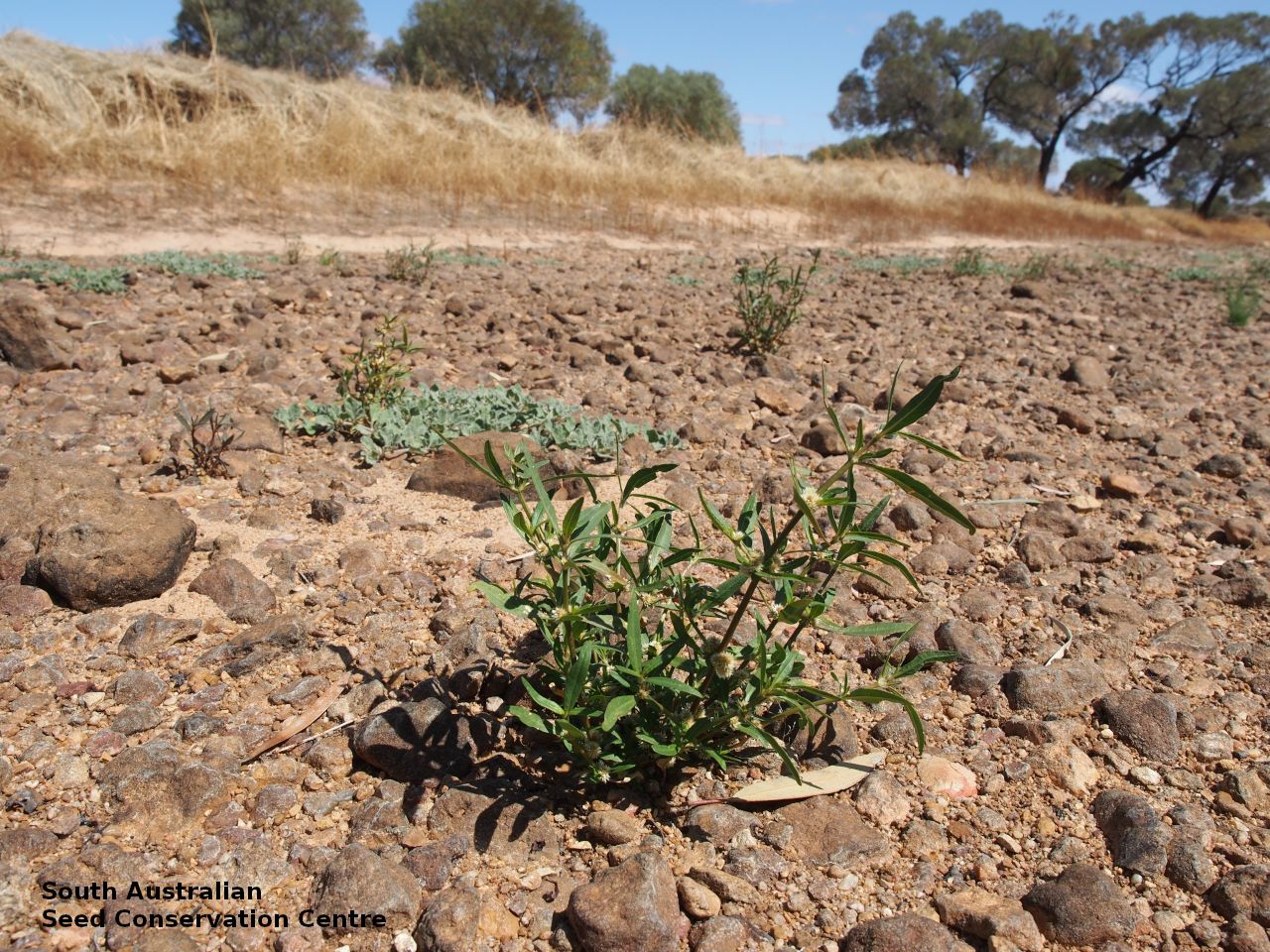
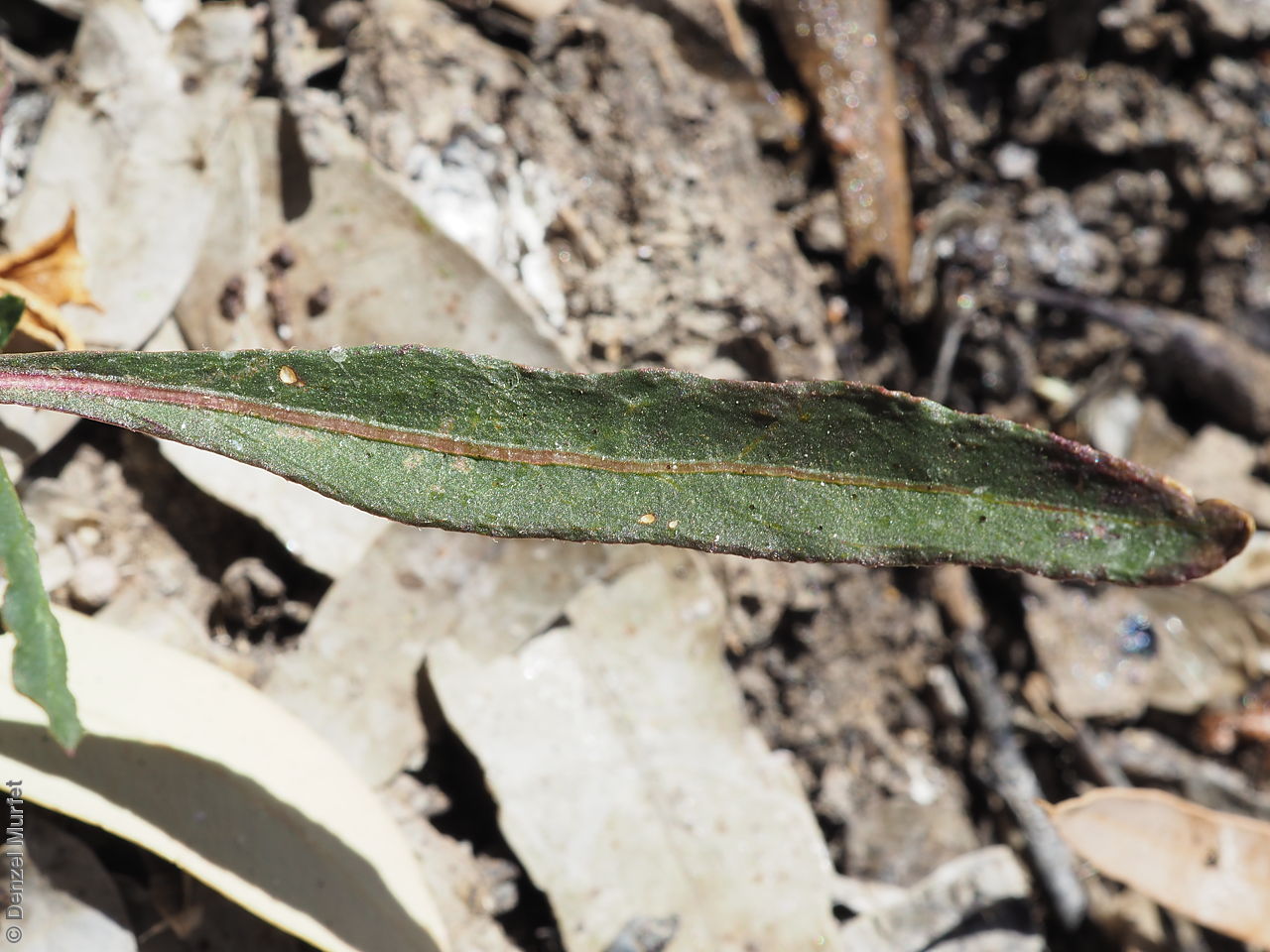
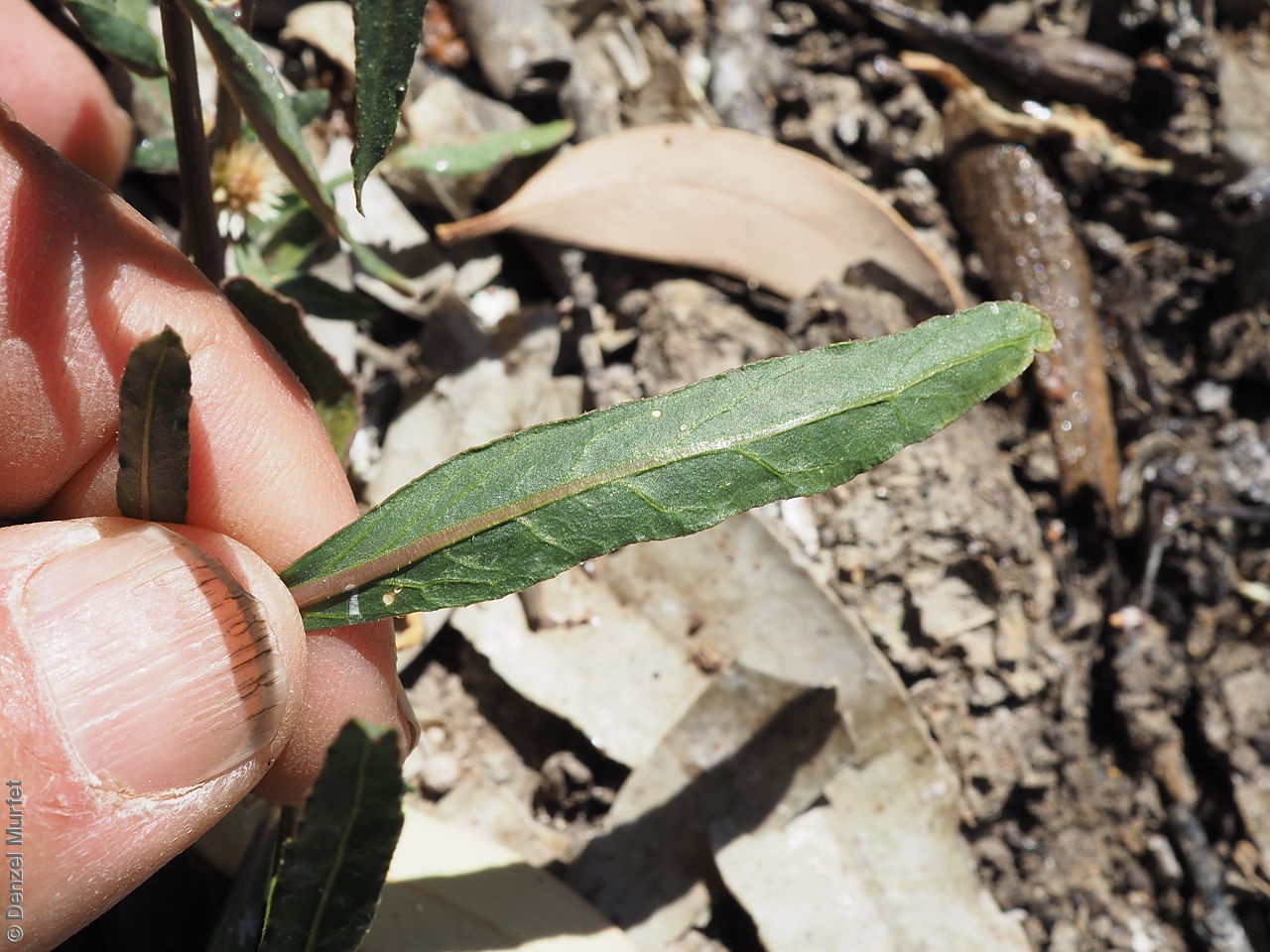
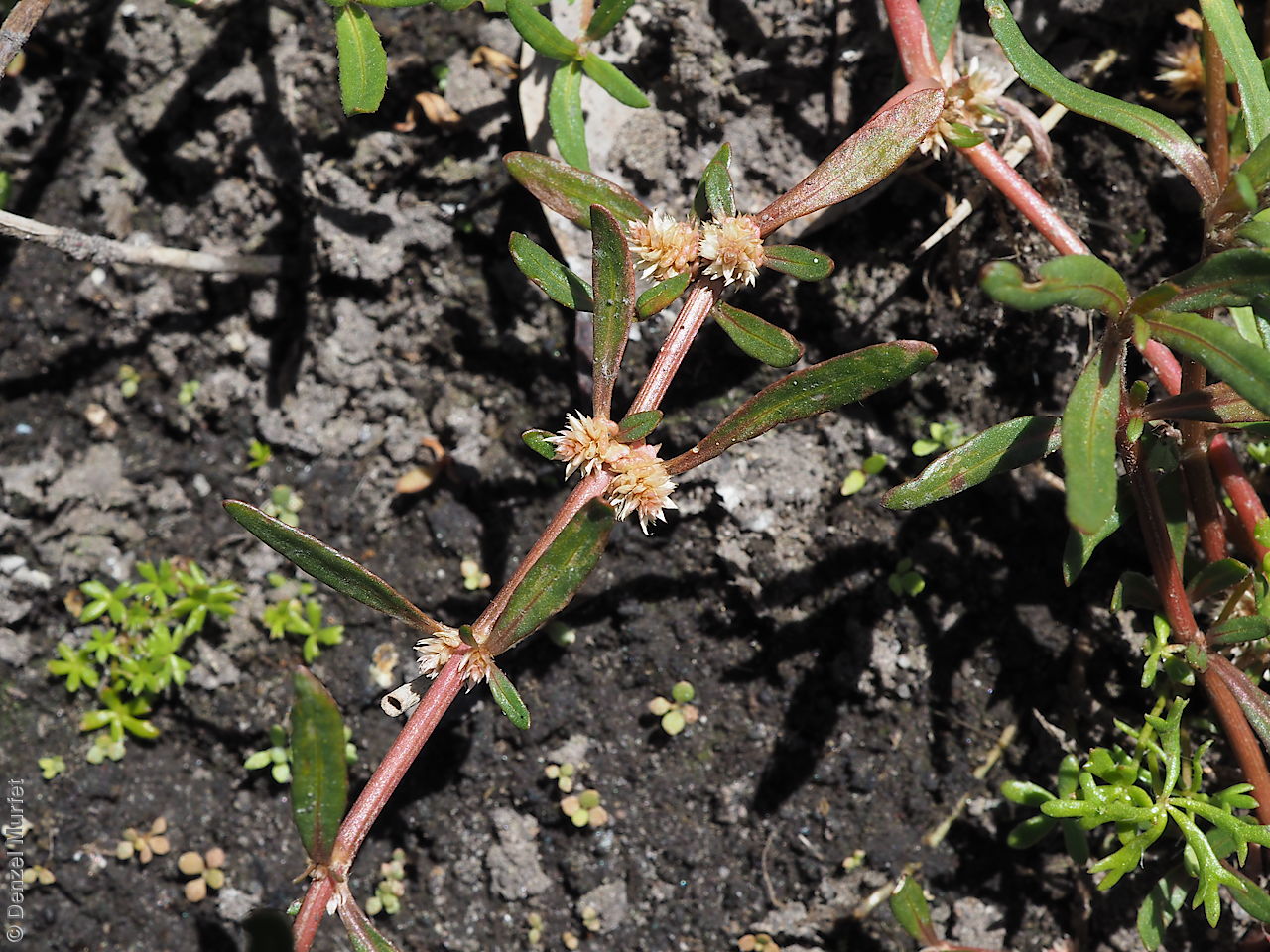
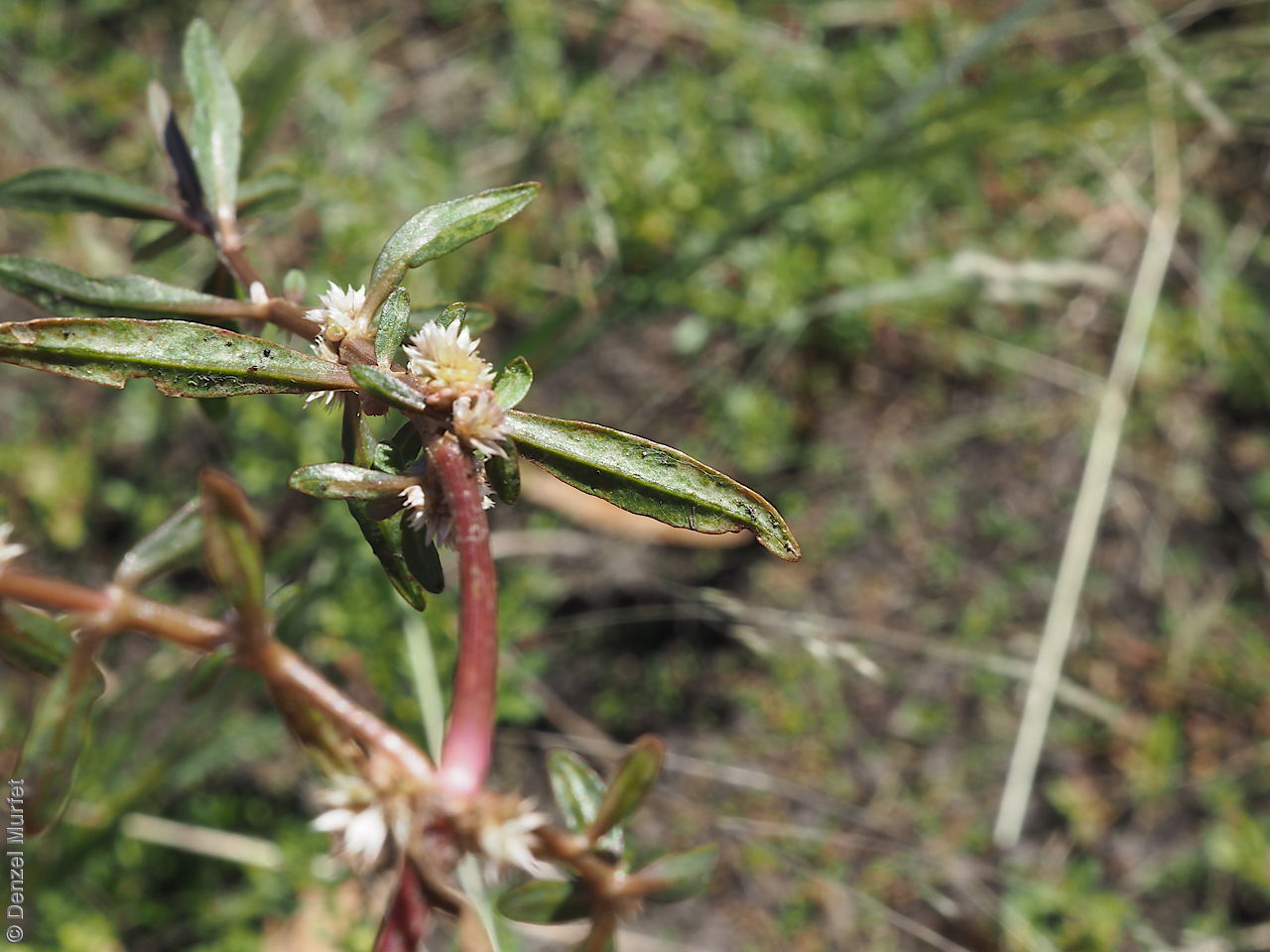
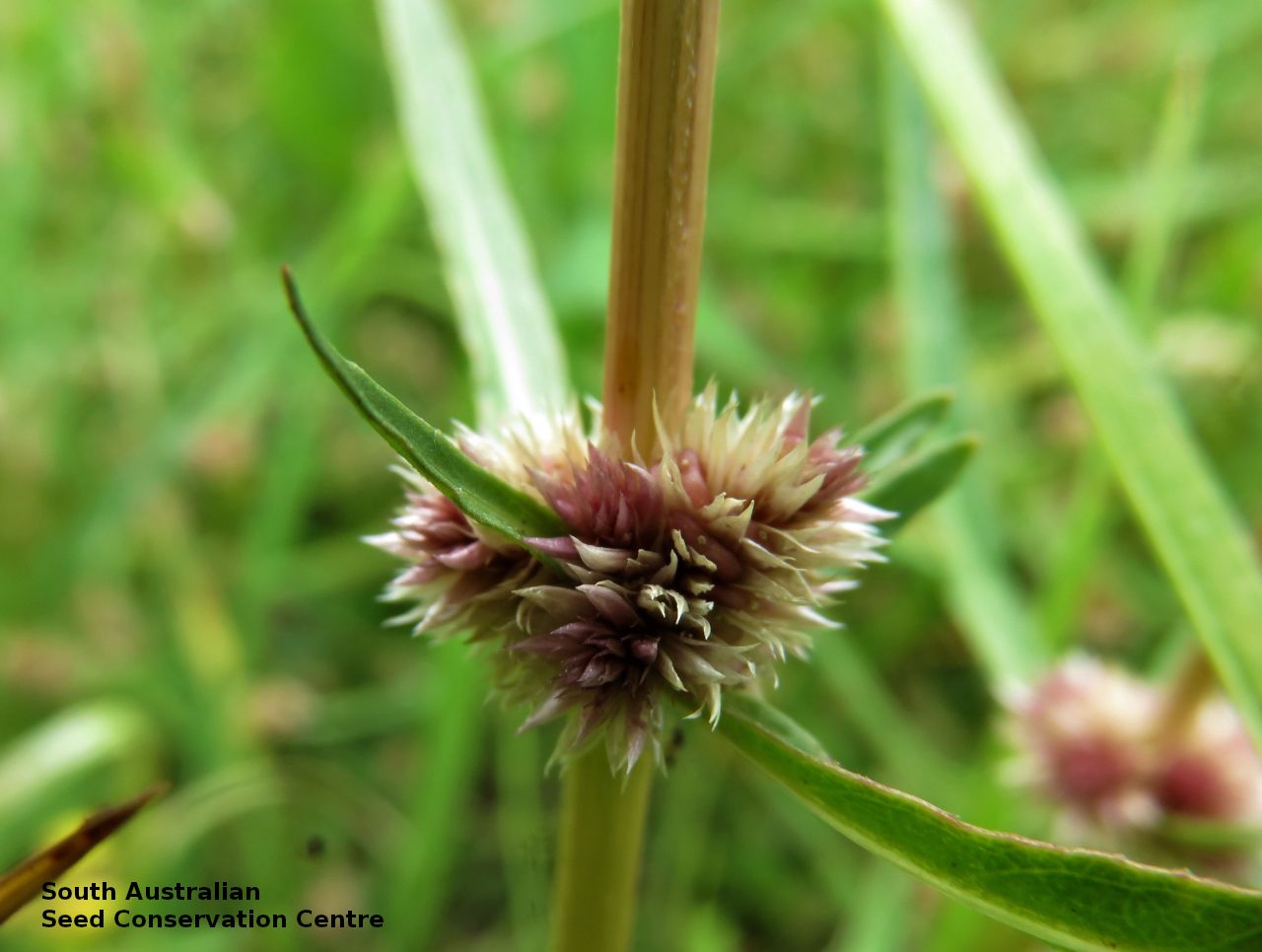
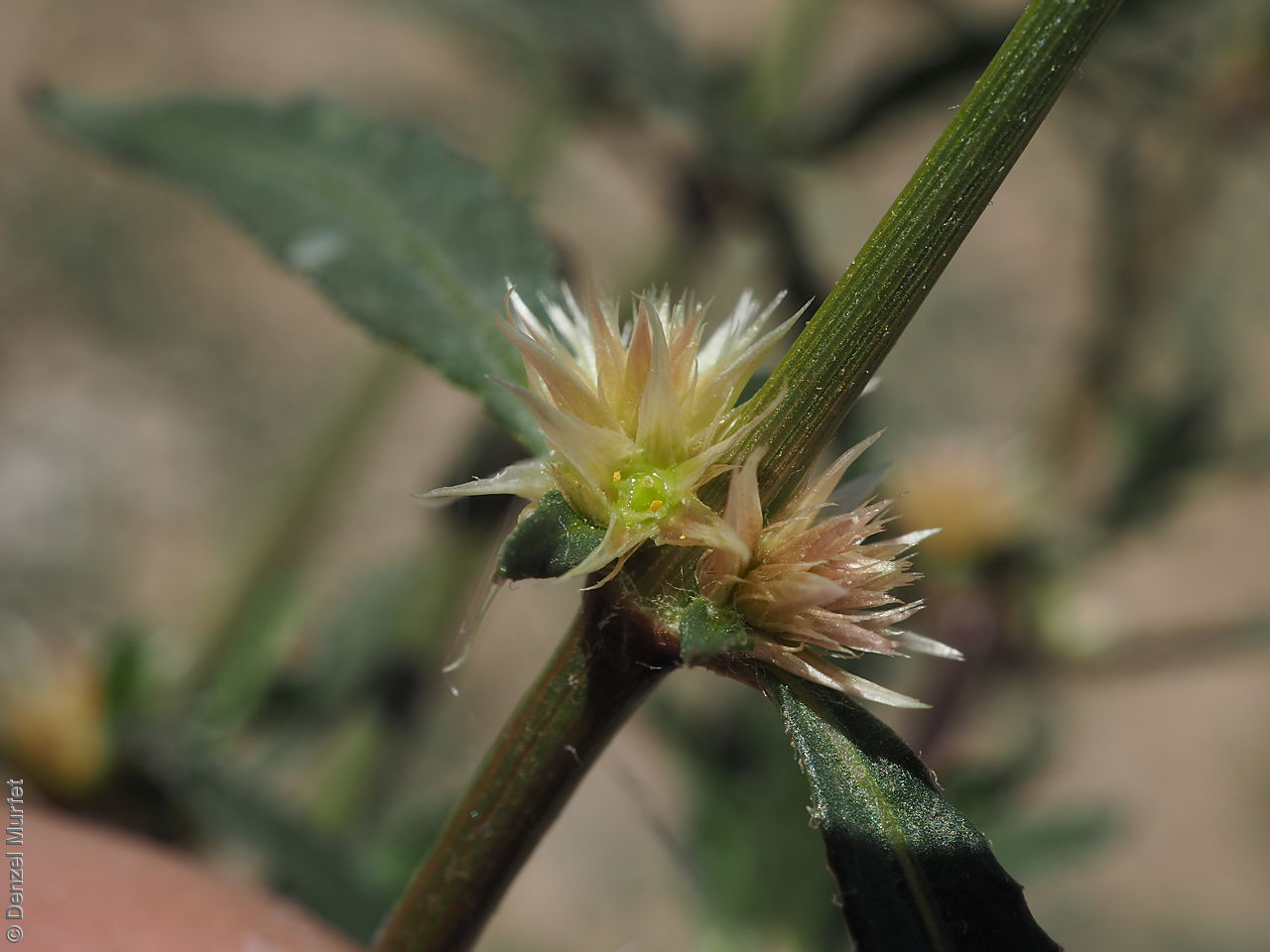
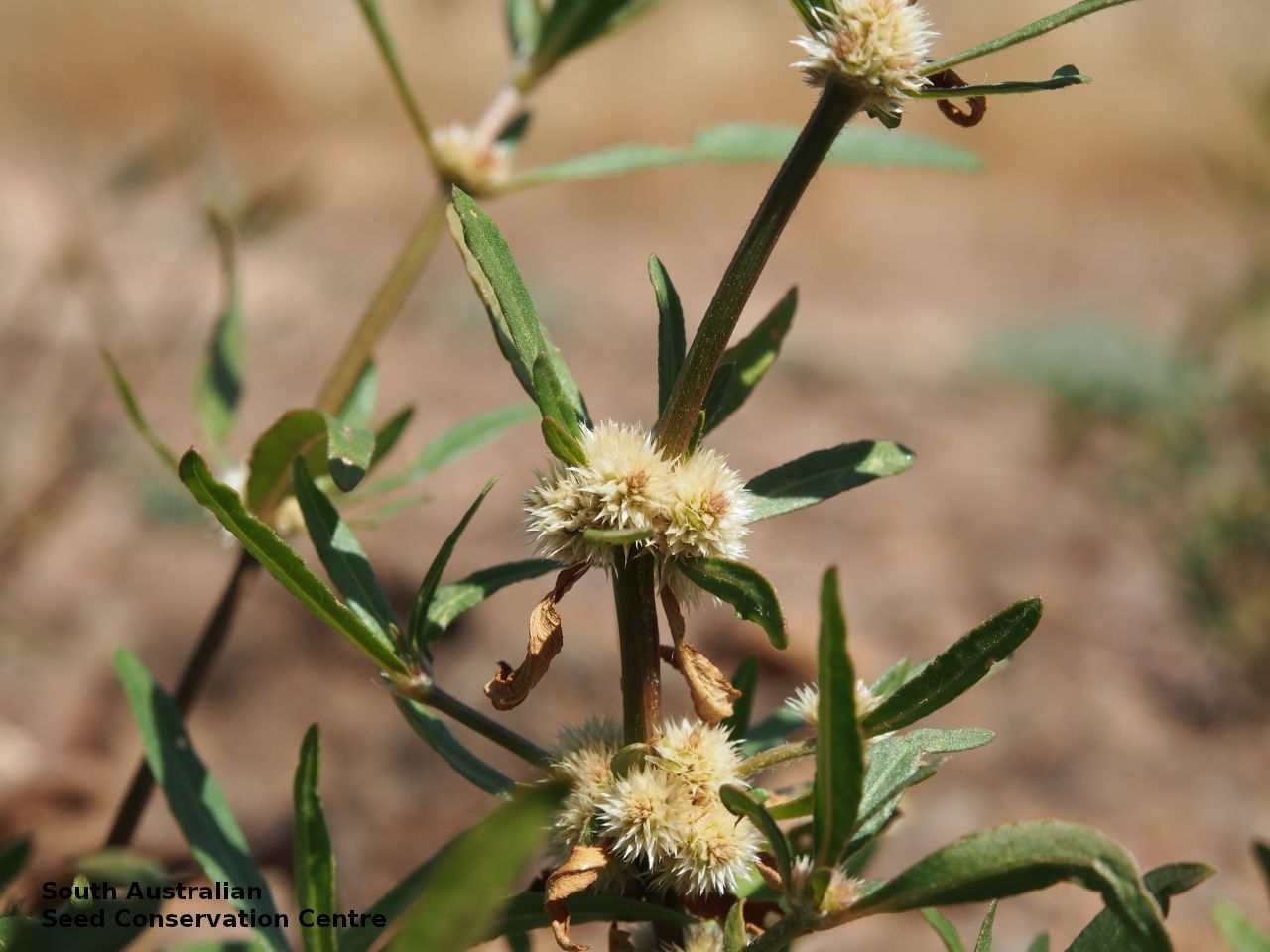
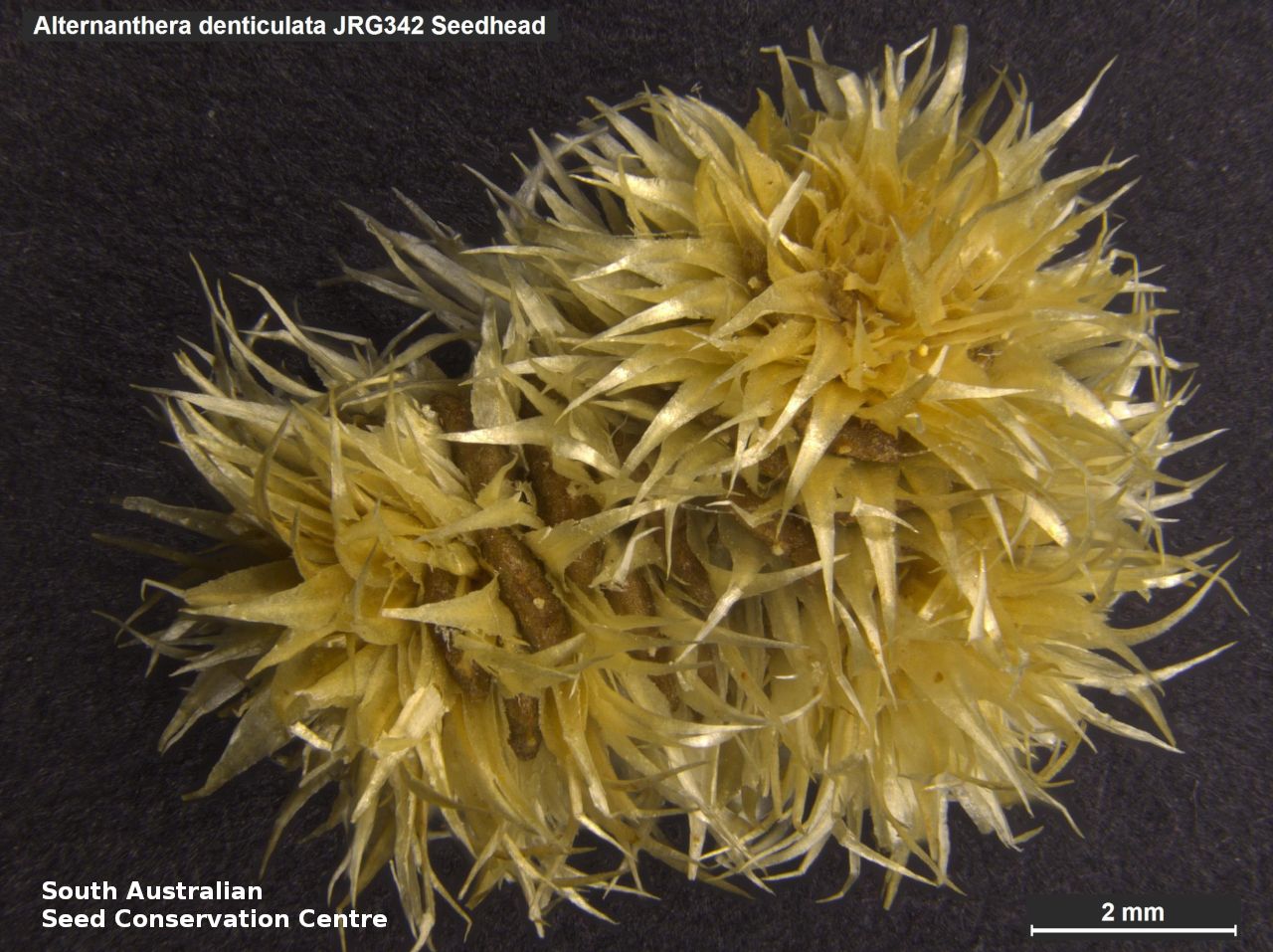
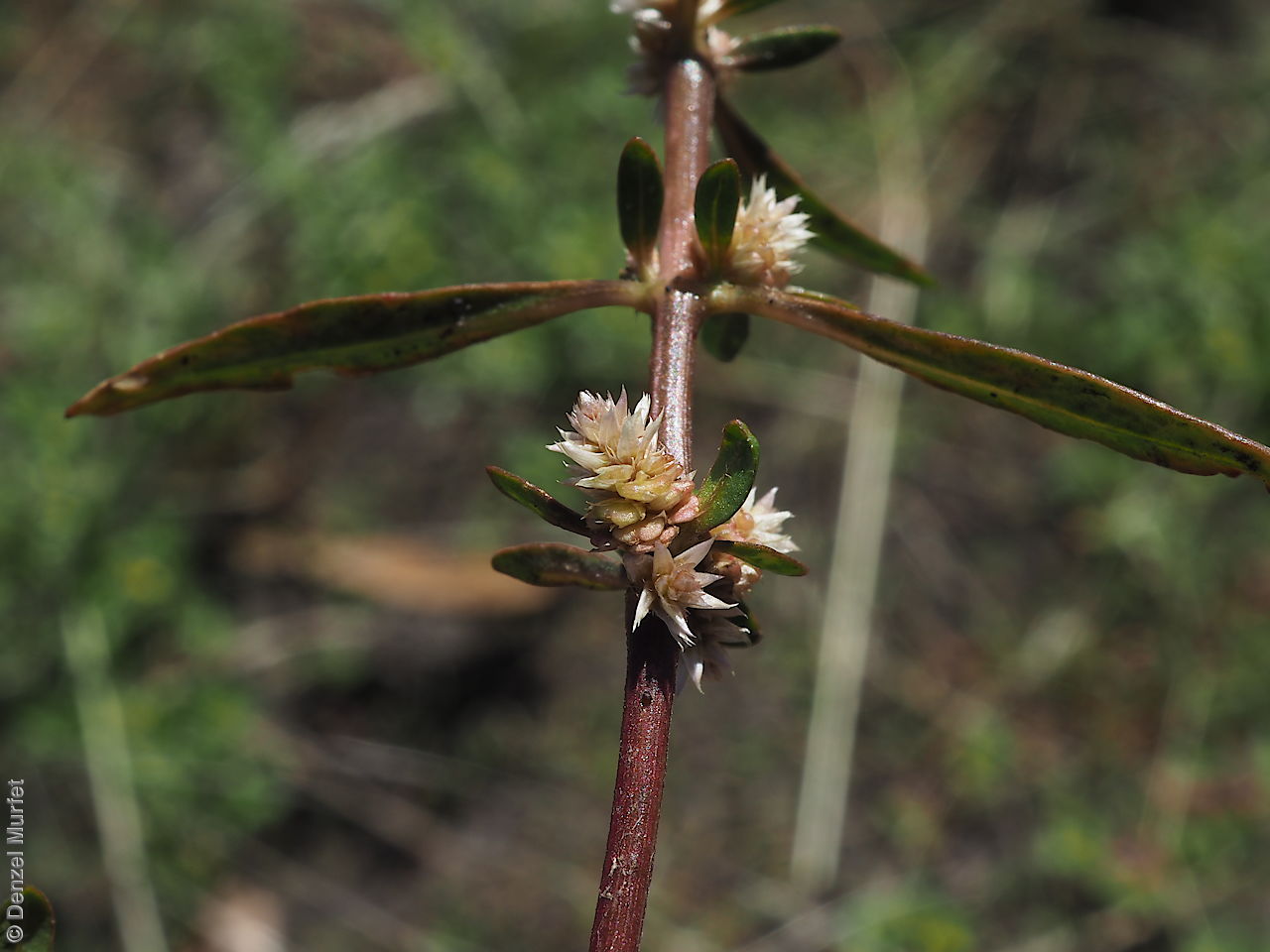
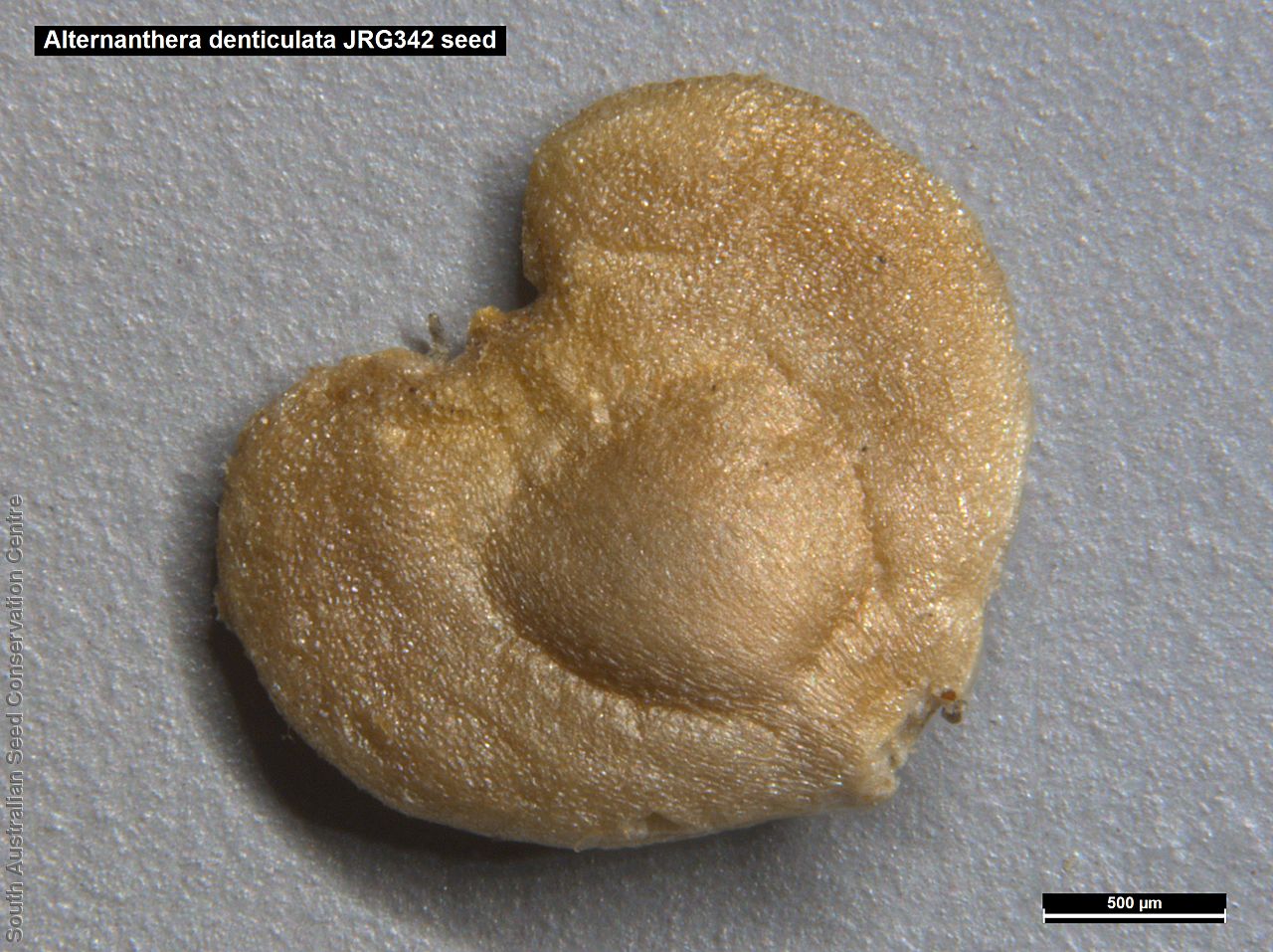
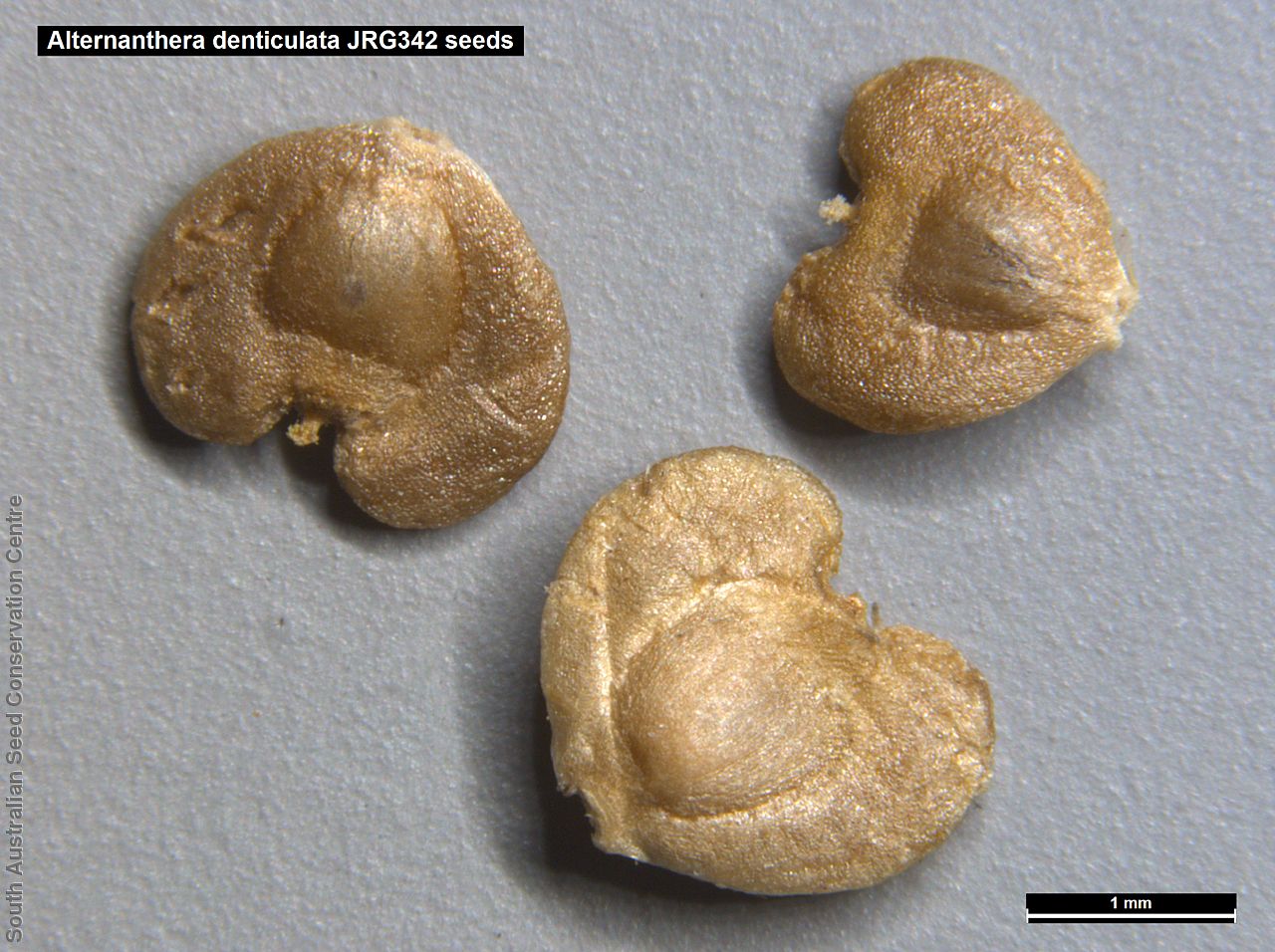
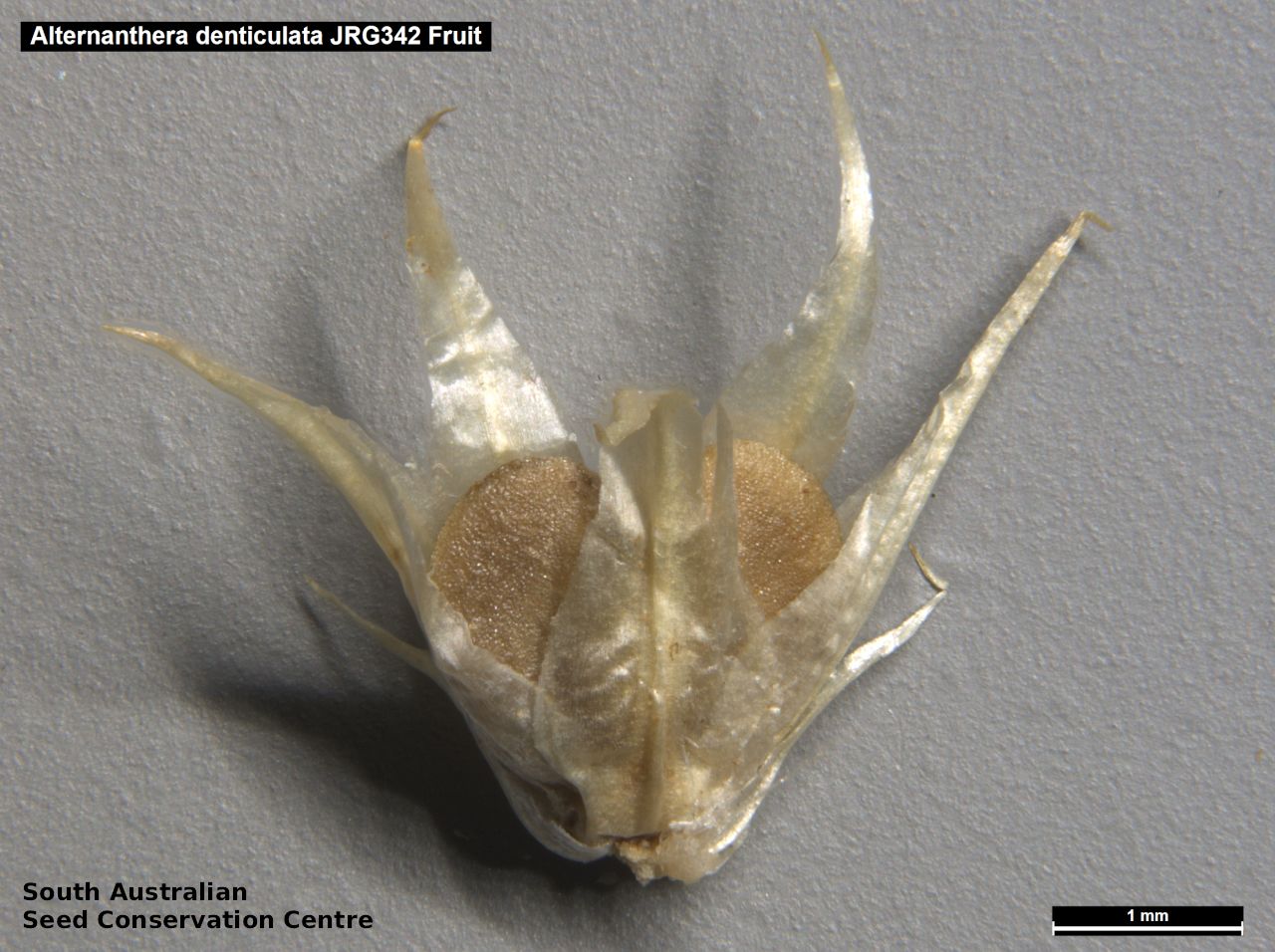
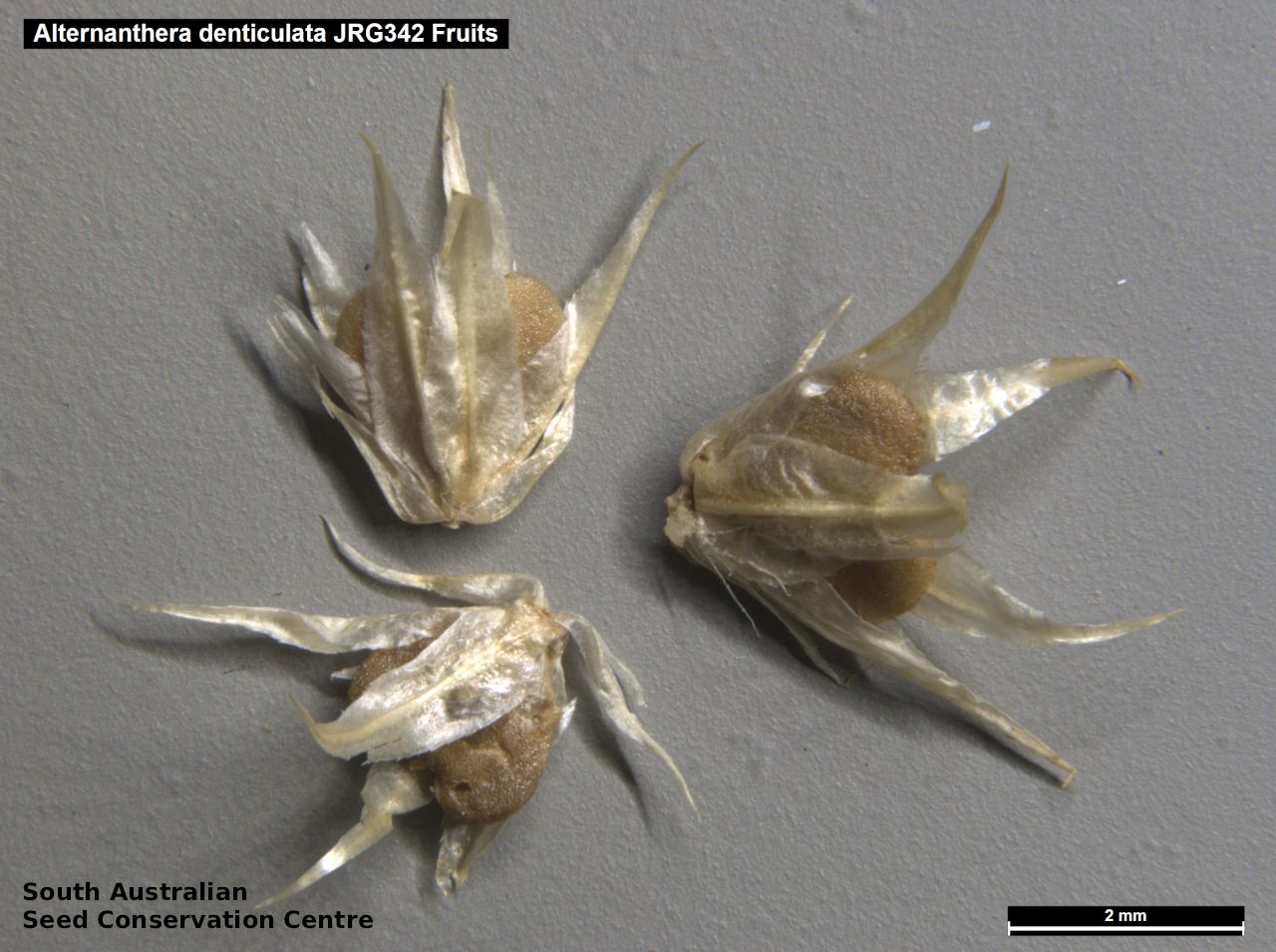
Regional Species Conservation Assessments per IBRA subregion.

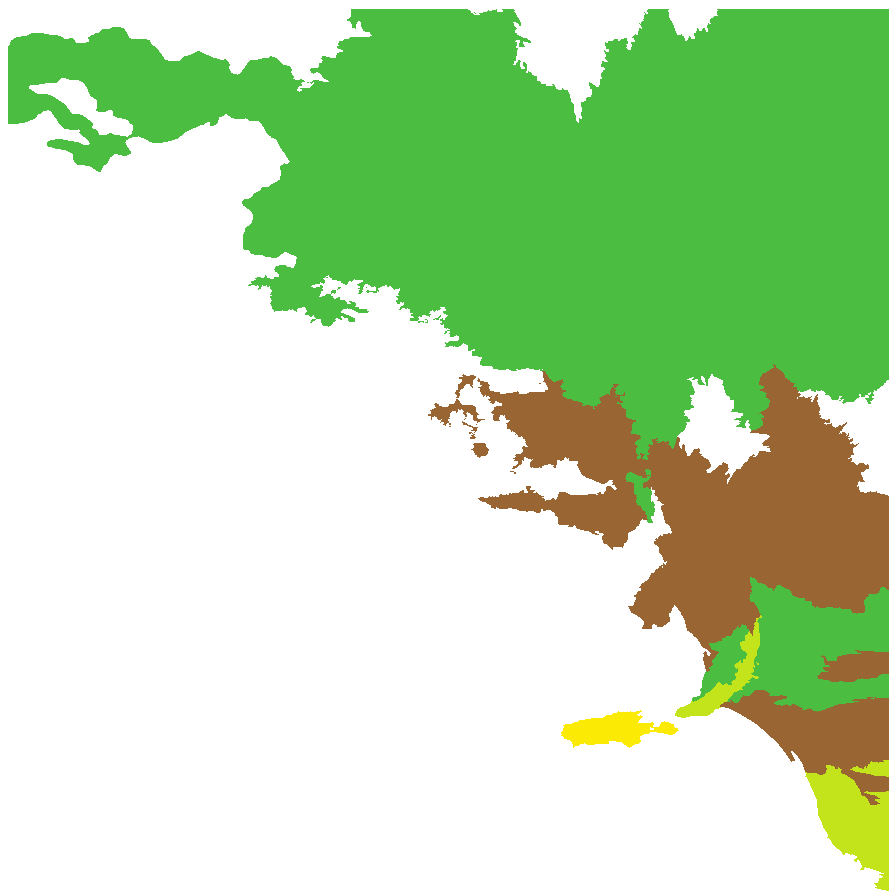
Least concern
Near threatened
Rare
Vulnerable
Endangered
Critically endangered
Extinct
Data deficient
Adelaide
Arkaroola
Ceduna
Coober Pedy
Hawker
Innamincka
Marla
Marree
Mount Gambier
Oodnadatta
Renmark
Wudinna
Keith
Yunta
Display IBRA region text
| Glenelg Plain (NCP02) | Naracoorte Coastal Plain | Near Threatened [in swamps in reasonable numbers] |
| Lucindale (NCP03) | | Near Threatened [theatened by stock, pres. at cockatoo lake; inhabits disturbed sites] |
| Tintinara (NCP04) | | Rare (IUCN: RA d(i,ii)) [restricted range; Poocher Swamp] |
| Kangaroo Island (KAN01) | Kanmantoo | Vulnerable (IUCN: VU D2) |
| Fleurieu (KAN02) | | Near Threatened |
| Mount Lofty Ranges (FLB01) | Flinders Lofty Block | Least Concern |
| Broughton (FLB02) | | Rare (IUCN: RA d(i)) (Probable Decline) [limited habitat, likes wetter spots, undercollected] |
| Olary Spur (FLB03) | | Rare (IUCN: RA d(i)) (Probable Decline) [limited habitat, likes wetter spots, undercollected] |
| Southern Flinders (FLB04) | | Rare (IUCN: RA d(i)) (Probable Decline) [limited habitat, likes wetter spots, undercollected] |
| Northern Flinders (FLB05) | | Least Concern |
| St Vincent (EYB02) | Eyre Yorke Block | Rare (IUCN: RA d(i)) (Probable Decline) [limited habitat, likes wetter spots, undercollected] |
| South Olary Plain (MDD01) | Murray Darling Depression | Rare (IUCN: RA d(i,ii)) [restricted to a dam] |
| Murray Mallee (MDD02) | | Least Concern (Probable Decline) |
| Murray Lakes and Coorong (MDD03) | | Rare (IUCN: RA d(i,ii)) [water related, doesn't like high salinity] |
| Lowan Mallee (MDD04) | | Rare (IUCN: RA d(i,ii)) (Probable Decline) [could be Vulnerable] |
| Wimmera (MDD05) | | Near Threatened |
| Braemer (MDD07) | | Rare (IUCN: RA d(i)) (Probable Decline) [limited habitat, likes wetter spots, undercollected] |
| Murray Scroll Belt (RIV06) | Riverina | Least Concern (Probable Decline) |
| Myall Plains (GAW01) | Gawler | Rare (IUCN: RA d(i,ii)) (Probable Increase) [southern limit] |
| Gawler Lakes (GAW03) | | Rare (IUCN: RA d(i,ii)) (Probable Increase) [around dams] |
| Arcoona Plateau (GAW04) | | Least Concern |
| Torrens (GAW06) | | Least Concern |
| Roxby (GAW07) | | Least Concern |
| Commonwealth Hill (GAW08) | | Least Concern |
| Kintore (GVD04) | Great Victoria Desert | Least Concern |
| Tallaringa (GVD05) | | Least Concern |
| Bimbowrie (BHC05) | Broken Hill Complex | Rare (IUCN: RA d(i)) (Probable Decline) [limited habitat, likes wetter spots, undercollected] |
| Curnamona (BHC06) | | Rare (IUCN: RA d(i)) (Probable Decline) [limited habitat, likes wetter spots, undercollected] |
| Dieri (SSD03) | Simpson Strzelecki Dunefields | Least Concern |
| Warriner (SSD04) | | Least Concern |
| Strzelecki Desert (SSD05) | | Least Concern |
| Breakaways (STP01) | Stony Plains | Least Concern |
| Oodnadatta (STP02) | | Least Concern |
| Murnpeowie (STP03) | | Least Concern |
| Peake-Dennison Inlier (STP04) | | Least Concern |
| Macumba (STP05) | | Least Concern |
| Witjira (STP06) | | Least Concern |
| Baltana (STP07) | | Least Concern |
| Sturt Stony Desert (CHC02) | Channel Country | Least Concern |
| Diamantina-Eyre (CHC04) | | Least Concern |
| Coongie (CHC06) | | Least Concern |
| Lake Pure (CHC07) | | Least Concern |
| Everard Block (CER03) | Central Ranges | Least Concern |
| Pedirka (FIN04) | Finke | Least Concern |
| 3 of 4 subregions | Naracoorte Coastal Plain | Near Threatened , Rare |
| 2 of 2 subregions | Kanmantoo | Near Threatened , Vulnerable |
| 5 of 6 subregions | Flinders Lofty Block | Least Concern , Rare |
| St Vincent (EYB02) | Eyre Yorke Block | Rare (IUCN: RA d(i)) (Probable Decline) [limited habitat, likes wetter spots, undercollected] |
| 6 of 6 subregions | Murray Darling Depression | Least Concern , Near Threatened , Rare |
| Murray Scroll Belt (RIV06) | Riverina | Least Concern (Probable Decline) |
| 6 of 8 subregions | Gawler | Least Concern , Rare |
| 2 of 4 subregions | Great Victoria Desert | Least Concern |
| 2 of 4 subregions | Broken Hill Complex | Rare |
| 3 of 4 subregions | Simpson Strzelecki Dunefields | Least Concern |
| 7 of 7 subregions | Stony Plains | Least Concern |
| 4 of 4 subregions | Channel Country | Least Concern |
| Everard Block (CER03) | Central Ranges | Least Concern |
| Pedirka (FIN04) | Finke | Least Concern |
Botanical art
Kath Alcock paintings: 6
Etymology
Alternanthera from the Latin 'alternus' meaning alternate and 'anthera' meaning anthers, referring to the filaments without anthers often alternate with fertile stamens. Denticulata from Latin meaning with small teeth, referring to the edges of the leaf that can be slightly denticulate.
Distribution and status
Found scattered across South Australia, growing on margins of swamps, river and damp grounds. Also found in all states. Native. Common in South Australia. Common in the other states.
Herbarium regions: North Western, Lake Eyre, Gairdner-Torrens, Flinders Ranges, Eastern, Eyre Peninsula, Northern Lofty, Murray, Southern Lofty, South Eastern, Green Adelaide
NRM regions: Adelaide and Mount Lofty Ranges, Alinytjara Wilurara, Eyre Peninsula, Northern and Yorke, South Australian Arid Lands, South Australian Murray-Darling Basin, South East
AVH map: SA distribution map (external link)
Plant description
Prostrateor erect annual herb with almost glabrous or with tomentose nodes and 2 decurrent lines of hairs along the stems. Leaves glabrous or sparsely hairy on the margins and midrib, linear to linear-oblong, entire or slightly denticulate, to 5 cm long. Inflorescence in axillary spherical to ovoid spikes with white or pinkish flowers. Flowering between December and April. Fruits are pale brown, semi-flat, heart shaped to 1.5 mm long surrounded by papery bracts. Seed embryo type is peripheral.
Seed collection and propagation
Collect seeds between January and May. Collect mature fruits, those that are turning a pale straw colour and contain very small brown seeds. Can collect individual spike or break off the whole stem. Place the fruit in a tray and leave to dry for a few weeks. Then rub the fruits gently by hand to dislodge the seeds. Use a sieve to separate the unwanted material. Be careful as the seeds are very small, less than 2 mm across. Store the seeds with a desiccant such as dried silica beads or dry rice, in an air tight container in a cool and dry place. Not all fruit will contain a seed. Seed viability can be high but seed availability can be low. Seeds are non-dormant, viable seed should germinate readily.
| Location | No. of seeds
(weight grams) | Number
of plants | Date
collected | Collection number
Collection location | Date
stored | % Viability | Storage
temperature |
MSB |
1,700 (0.57 g) | 100+ | 31-Jan-2006 | HPV2957
South Eastern | | | |
Location: BGA — the seeds are stored at the Adelaide Botanic Gardens, MSB — the seeds are stored at the Millennium Seed Bank, Kew, England.
Number of plants: This is the number of plants from which the seeds were collected.
Collection location: The Herbarium of South Australia's region name.
% Viability: Percentage of filled healthy seeds determined by a cut test or x-ray.


















